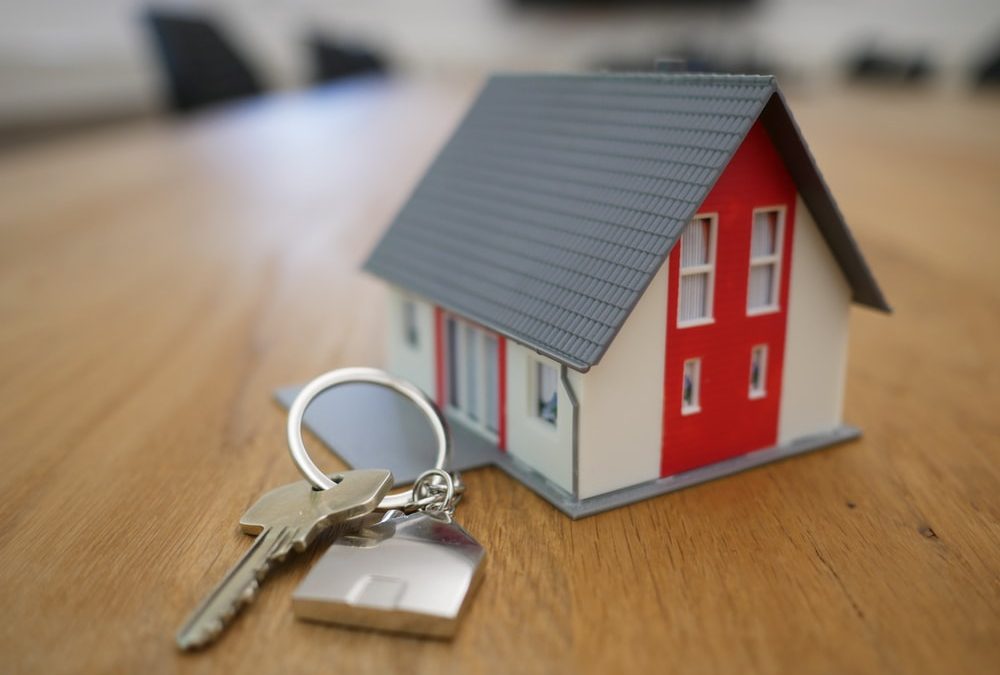Borrowed capital only fell 0.8% in 2020
The higher average Spanish loan amount (7.4%) practically compensated for the lower number of signings (-7.6%)
The coronavirus crisis stopped the growth of the Spanish mortgage market in its tracks, but the impact on the real estate market was surprisingly light. The capital lent by banks and other types of entities to buy a Spanish property was only 0.8% less than in 2019.
The virus had an impact on home purchase operations (especially in the first state of alarm) and this also impacted mortgages. According to the statistics published recently by the INE (National Institute of Statistics), last year 333,721 mortgages on homes were signed in Spain, a 7.6% fall compared to 2019. However, this decrease was offset by another effect: the average amount of the loans requested rose to 134,904 euros. That means that the mortgages that were requested were, on average, 7.4% higher than the previous year (the largest annual jump since 2006).
In any case, the fall in the number of mortgages on Spanish properties was much lower than registered purchases, which, according to the INE, fell by 17.7% last year. This is associated with the fact that the pandemic, and the crisis it unleashed, would have affected investment more than purchases out of necessity. The first profile of acquisitions are more associated, in general, with cash payments (or, at least, with operations that do not require mortgage financing) while those looking for a home to live in (or a holiday home) more frequently ask for a mortgage.
Although we should not delve into 'what might have been' it is worth noting that based on the numbers had we not had the first state of alarm from mid-March to mid-June mortgages numbers could have been quite a bit higher than in 2019
Despite its resilience the mortgage market also saw a 15% decrease in December year on year of signed mortgages. In regards to borrowed capital, the drop was 7% but the average loan remained at at 135,658 euros which was 9.2% higher than 12 months earlier.
The average interest rate in the first year of the loan was 2.47%, in line with previous months, and clients were divided practically in half between those who opted for variable interest (50.6%) and those who did. for a fixed one (49.4%).
Looking at the mortgage sector as a whole (that is, adding to the housing operations those linked to other types of urban or rural properties), 2020 ended with more than 460,000 mortgaged properties, 7.5% less than in 2019.
Regards
Andrew Bellés


Recent Comments